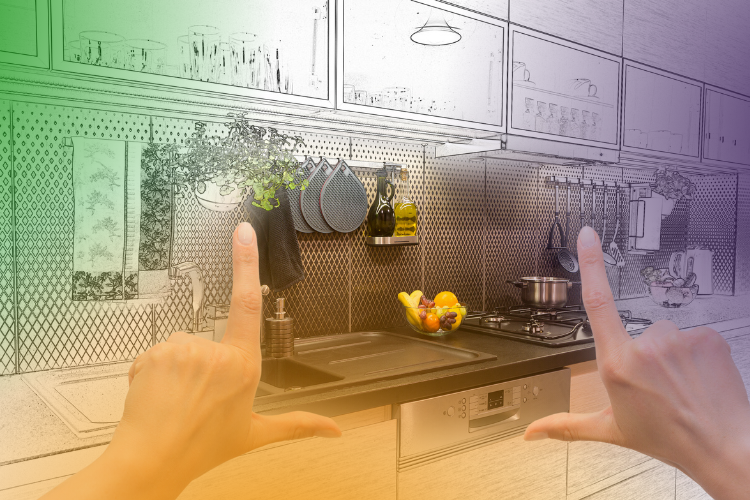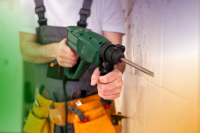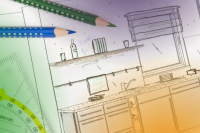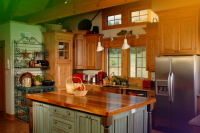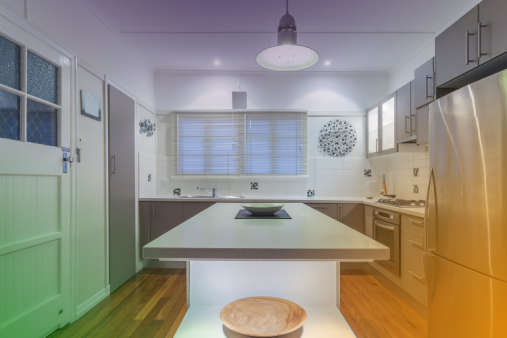Kitchen Fitting Jargon
Any specialist world has its own jargon and terms, and if you’re not up to speed with the vocabulary, it can seem like a foreign language. Kitchen planning and design is no exception but don’t panic – if you don’t know your pelmet from your plinth then this simple guide should help you understand what they’re talking about in the showroom.
Carcass
Don’t worry – this is nothing to do with dead animals. The carcass is the shell of the kitchen cabinet, which either sit on the floor or are mounted on the wall. Carcasses are generally a basic unit which are all the same, and you can change the appearance of the kitchen by your selection of door and handle.
Handle-less
As the name suggests, this term means choosing doors for your units which don’t have a handle attached. Usually, there’s a groove at the top of the door to let you to pull the doors open. Handle-less is a popular look for modern, sleek kitchens.
Pelmet
The pelmet is the strip of material which sits underneath the kitchen cabinets which are mounted on the wall. They hide the underside of the cabinet and give a professional finish to the overall design. Usually, they are painted the same colour as the kitchen doors.
Plinth
The plinth is also know as a kick-plate or kick-board. These are the coloured panels which sit between the floor and the base of the cupboards. They hide the legs of the units and cover up any gaps.
Cornice
The cornice is the strip of decorative trim at the top of the kitchen cupboards. In a very modern, glossy kitchen you would expect the cornice to be a simple, smooth strip. In other designs of kitchen, a cornice with moulding and shaping might be more appropriate.
Shaker
Shaker is a style of kitchen door which has a flat central panel with square edges. This style has been around for centuries but doesn’t always look old fashioned, depending on the handles and worksurface you choose to match with the doors.
Island
The island is a freestanding piece of kitchen furniture which is usually put in the middle of a larger kitchen to provide extra storage, workspace or seating. A peninsula is the same idea, but is connected at one edge to the rest of the kitchen.
End Panel
An end panel is placed on the side of a cabinet which isn’t directly against the wall, to hide the interior of the cabinet. Usually, end panels will have the same design and finish as the rest of the kitchen doors.
Composite Worktop
Composite just means that your worktop is made from two or more materials. Composite is designed for strength, and most worktops on the market are made from crushed quartz and resin. Composite is usually cheaper then granite, but more expensive than laminate.
CAD
CAD stands for computer aided design, and means the software which designers in large showrooms use to show you what your kitchen will look like once installed.
